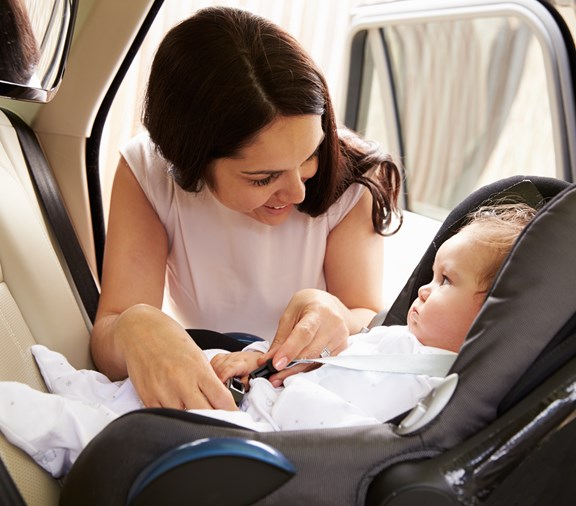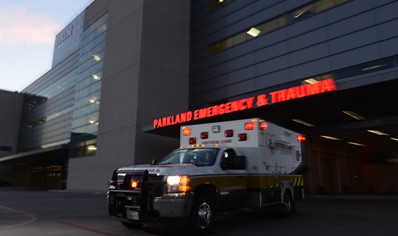
If you’re a parent or caregiver, you know it’s important to keep your children safe. And when it comes to being safe on the road, having the right car seat is essential!
What kind of car seat does my child need?
Your child will need different types of car seats as they grow. If the seat is too large or too small, it may not offer enough protection. When your child reaches the top height or weight limit allowed by the car seat’s manufacturer, they should move to the next type of car seat.
- Rear-facing car seat. Children under age 1 should always ride in a rear-facing car seat. It’s best to keep your child in a rear-facing car seat as long as possible (up to age 3, depending on their height and weight).
- Forward-facing car seat. Young children (around age 3 to 7) should use this type of seat, which is secured in place by connecting it to an anchor inside the car.
- Booster seat. Children usually start using booster seats around age 7 or 8, depending on their height and weight. Keep your child in a booster seat, and in the back seat of the car, until they are big enough to fit in a seat belt properly.
- Seat belt. Your child will be ready to use a seat belt without a booster seat when:
- Your child is at least 4 feet, 9 inches tall and the lap belt fits snugly across their upper thighs (not their stomach).
- The shoulder belt lies snugly across their shoulder and chest and does not cross their neck or face.
- Remember: Even if your child can fit in a seat belt without a booster seat, it’s still safer for them to ride in the back seat.
Choosing the right car seat
With so many different types of car seats available, it can be hard to know which options are best. And car seats can be expensive, so you may be thinking about buying a used model. If so, it’s important to make sure the seat is still safe to use. Check this website to see if your car seat meets current federal safety standards.
How to install a car seat
Once you have the right kind of seat for your child, you will need to make sure it’s installed correctly to help prevent injury. If you need help, look for a car seat inspection station near you. Check this site to search for a car inspection station or to get installation tips.
You should also register the car seat with the manufacturer. This will help keep you informed if a safety recall is issued. Your car seat should come with instructions on how to register it.
Member Resource: Car Seats for New Moms
PCHP members who are pregnant can get a car seat at no cost for attending a prenatal checkup. Learn more here.



